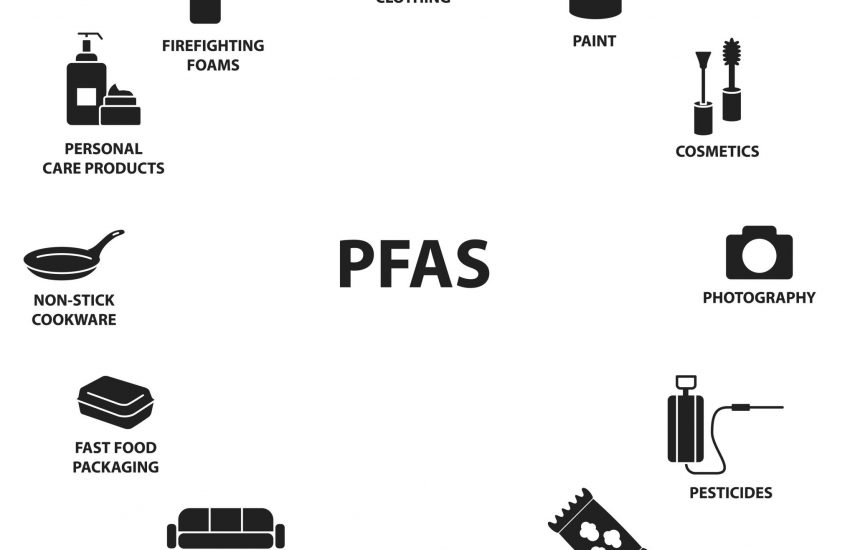“How Well Do Product Labels Indicate the Presence of PFAS in Consumer Items Used by Children and Adolescents?” is the name of a new study published last week by the American Chemical Society, in Environmental Science & Technology. Focusing on children’s’ products, the study’s abstract states that because “product labels rarely list chemical additives, including PFAS,” the authors “evaluated whether other information on product labels can be used by consumers to select products without PFAS.”
“The primary goal of this study was to investigate the extent to which other product information available to consumers, such as labeling for stain or water resistance and “green” (including “nontoxic”) assurances and certifications, can be used by consumers to identify products likely to contain PFAS.” To accomplish this, the authors purchased a range of household items (bedding, furnishings, apparel) that children and adolescents may frequently come into contact with, using product label information to select and categorize products.
The authors selected 93 items often used by children across three product types—furnishings, apparel, and bedding—and five labeling groups representing different combinations of water and/or stain resistance and “green” assurances. Furnishings included rugs and upholstered chairs, apparel included clothing and face masks, and bedding included sheets, mattress protectors and pillow protectors.
The authors screened all products for total fluorine and analyzed solvent extracts for 36 targeted PFAS. Total fluorine was detected above 10 parts per million in 54 of 93 products (58%). And twenty-eight of these 54 products had total fluorine concentrations greater than 100 ppm; 13 products had concentrations >1000 ppm.
PFOA and PFOS, the most commonly studied PFAS, were detected in the study despite the phase-out of their production in the U.S.—seven products contained PFOA and one contained PFOS. The most frequently detected analytes were perfluorohexanoic acid (PFHxA) (14/18 products; 78%), perfluorobutanoic acid (PFBA) (8/18; 44%), perfluorooctanoic acid (PFOA) (7/18; 39%), perfluorobutane sulfonic acid (PFBS) (5/18; 28%), and perfluorodecanoic acid (PFDA) and perfluoropentanoic acid (PFPeA) (each 3/18; 17%).
When the authors evaluated the country of origin for products with extractable PFAS, they found that “products containing long-chain PFAS disproportionately came from China”—not surprising because long-chain PFAS are still being manufactured in China. Approximately half of the products that the authors purchased for the study came from China, and 75% of the products with long-chain detections (n = 8) came from China. “By contrast, products containing short-chain PFAS came from a wider range of countries, including China and the U.S…”
Ultimately, the authors found that products advertised as water and/or stain resistant had more frequent detections and higher concentrations of total fluorine, and targeted PFAS analytes were detected only in products labeled as water- and/or stain-resistant. The authors wrote that this study “…suggests that while water- and stain-resistant assurances can identify products likely to contain PFAS, current green assurances do not consistently indicate the absence of PFAS.” The full study can be found here.

